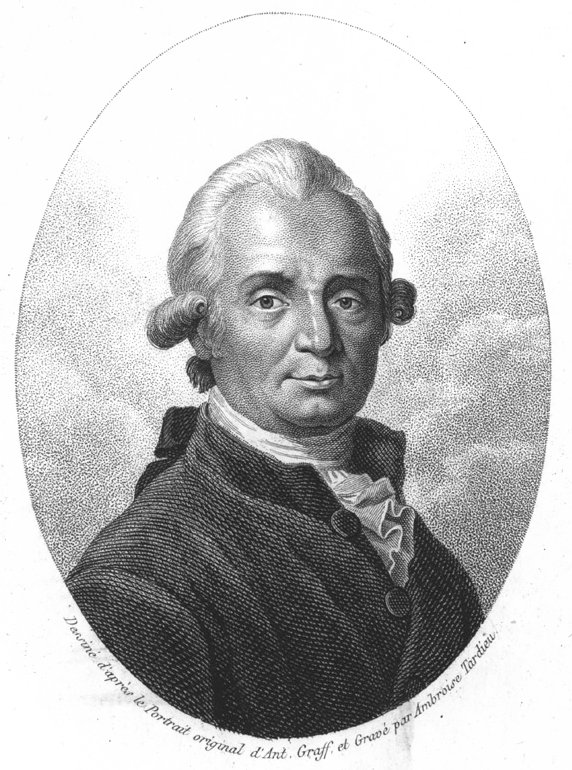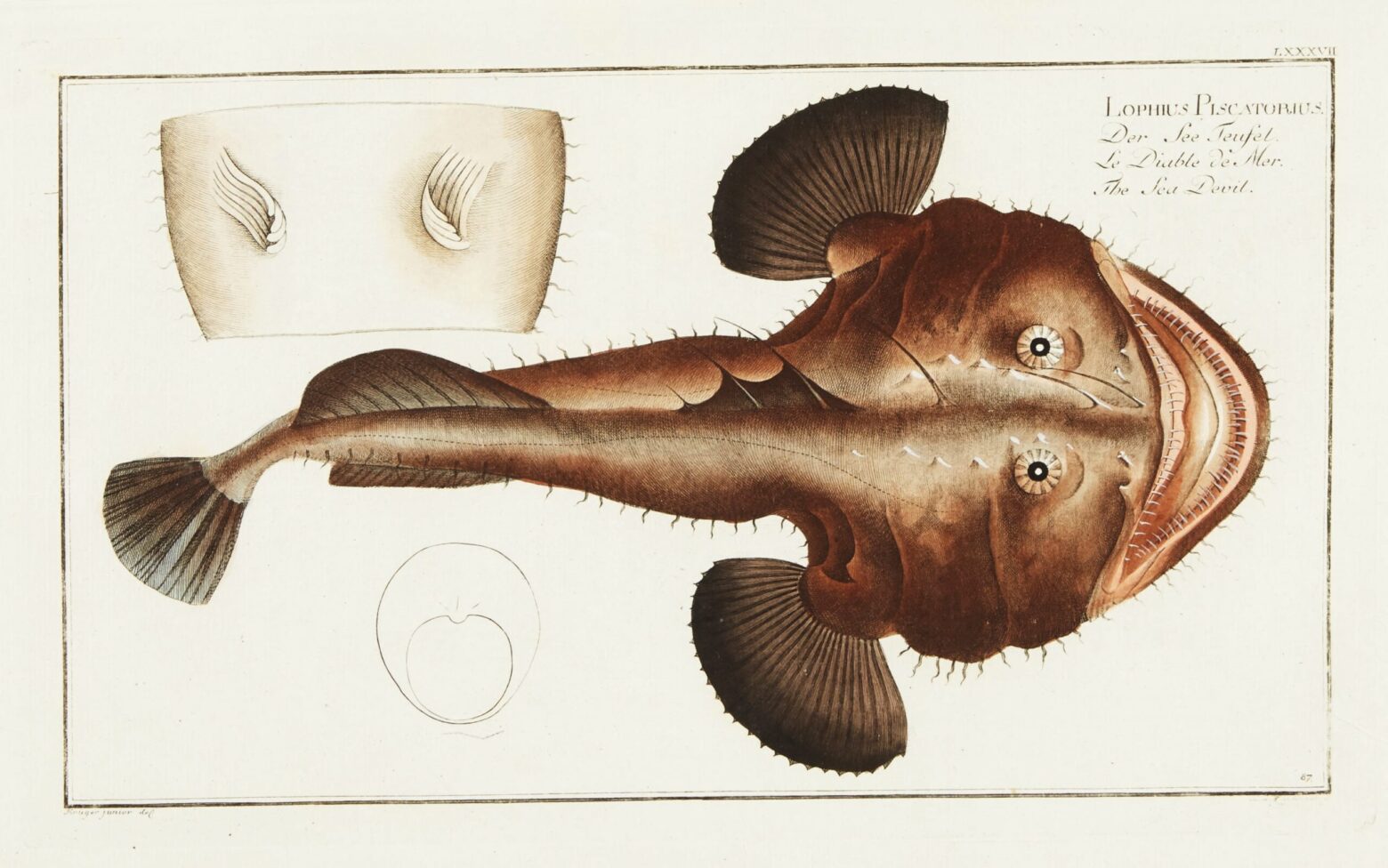Marcus Elieser Bloch: A Pioneer in Ichthyology
 When it comes to 18th century natural history illustrations, few can compare to the beautiful works done by Marcus Elieser Bloch (1723–1799).
When it comes to 18th century natural history illustrations, few can compare to the beautiful works done by Marcus Elieser Bloch (1723–1799).
Bloch was a German physician, naturalist, and one of the foremost ichthyologists of the 18th century. His significant contributions to the field of fish biology and his meticulous cataloging of fish species have left an indelible mark on scientific research. His illustrations are considered by many to be the most beautiful and accurate depictions from the period.
His dedication to accuracy, beauty, and originality gained him notoriety from royalty and prominent figures across Europe.
Bloch’s Early Life
Born in Ansbach, Bavaria in 1723 into a Hebrew-speaking Jewish family, Bloch grew up in a modest household. His father worked as a Torah writer, and his mother ran a small shop. Despite limited formal education, Bloch’s early exposure to Hebrew literature laid the foundation for his later intellectual pursuits. At the age of 19, he began learning German, French, and Latin, expanding his linguistic abilities beyond his native Hebrew.
Bloch’s fascination with fish began in 1782 when he encountered a fish species that eluded identification in the works done by Swedish biologist Carl Linnaeus (1707-1778). Determined to unravel the mystery, he started collecting fish specimens from around the world. His collection grew to nearly 1400 specimens, with approximately 800 now housed in the Bloch Cabinet at the Museum für Naturkunde in Berlin.
Bloch’s Catalog of Fishes
Between 1782 and 1797 Bloch published his catalog of fishes in 12 volumes containing 432 colored plates. One catalog was published in Germany titled “Naturgeschichte der Fische Deutschlands & Naturgeschichte der Ausländischen Fische” (The Natural History of Fishes of Germany and the Natural History of Foreign Fishes) and the other catalog was published in Paris titled “Ichtyologie, ou, Histoire Naturelle, Générale et Particulière des Poissons” (Ichthyology or, Natural, History, General, and Particular of Fishes)
Bloch hired artists to draw the fishes from his specimens on paper, and then engraved the plates himself. To create one of his prints, the copper plate had to be pressed onto paper and then colored by hand with watercolors.
Many were heightened with gold, silver and bronze to reproduce the wonderful metallic sheen of the fish scales. The results are truly spectacular and his prints are some of the most highly desired and collectable of all natural history illustrations.
The Sea Devil
 One of the most fascinating plates of Bloch’s works is plate #87, known as “The Sea Devil” This plate was created between 1785 and 1786 and came from his catalog “Ichthyology, or Natural History, General and Particular, of Fishes”.
One of the most fascinating plates of Bloch’s works is plate #87, known as “The Sea Devil” This plate was created between 1785 and 1786 and came from his catalog “Ichthyology, or Natural History, General and Particular, of Fishes”.
This amazing piece depicts what is known today as a stargazer. With its large open mouth displaying its razor sharp teeth and its mesmerizing eyes, this piece is a sight to behold.
Stargazers are ambush predators and some species have a small worm-like lure on their head they use to attract small fish and others have the ability to release an electric shock to stun their prey. Renown Ichthyologist William Leo Smith referenced stargazers as “the meanest things in creation“.
The plates typically measure approximately 16” wide by 10” tall and of all of Bloch’s plates, The Sea Devil is by far one of the most sought after.
Here is a link to one for sale that is beautifully framed: https://commodorecoins.com/treasure/rare-marcus-elieser-bloch-the-sea-devil-plate-87-circa-1785-1786/
For more info on Carl Linnaeus, visit: https://www.britannica.com/biography/Carolus-Linnaeus and Carl Linnaeus – Wikipedia
For more information on Marcus Bloch, visit: https://en.wikipedia.org/wiki/Marcus_Elieser_Bloch
To see Bloch’s many fish prints, visit: Search results – “bloch fishes” – NYPL Digital Collections


Leave a Reply